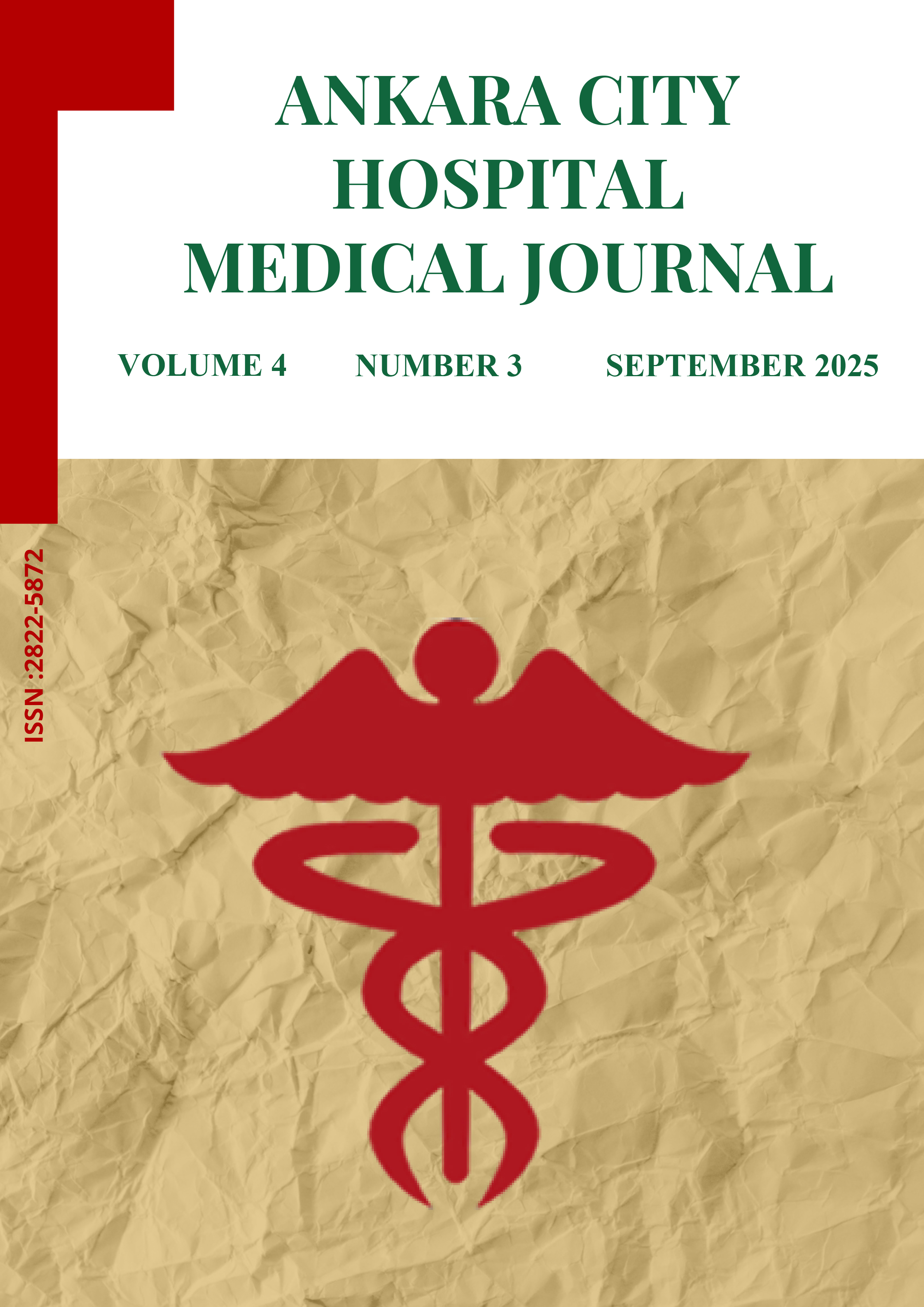
Frequency and indication of blood and blood product use in general surgery practice during the pandemic period compared to the pre-pandemic period
Metin Yalçın1, Belkıs Koçtekin21Department of General Surgery, University of Health Sciences, Antalya Research and Training Hospital, Antalya, Türkiye2Department of Transfusion Centre and Physiology, University of Health Sciences, Antalya Research and Training Hospital, Antalya, Türkiye
INTRODUCTION: This study aims to investigate whether there has been a measurable change in the use and indications of blood and blood products during the COVID-19 pandemic compared to the pre-pandemic period.
METHODS: A total of 1,050 patients were retrospectively analyzed, including 563 in the pre-pandemic period and 487 during the pandemic. Patients monitored for emergency benign diseases, elective benign diseases, trauma, transplantation, and malignancy were included in the study, while those with bleeding due to coagulopathy or suicide attempts were excluded. The blood products used included erythrocyte suspension, fresh frozen plasma, platelet apheresis, and pooled platelet suspension.
RESULTS: The mean hemoglobin threshold for transfusion was significantly lower during the pandemic (7.9 ± 1.3 g/dL vs. 8.7 ± 1.8 g/dL, p < 0.001). During the pandemic, there was a statistically significant shift in blood and blood product usage patterns among surgical patients. The proportion of patients receiving one-unit erythrocyte suspension increased (22.8% vs. 12.6%, p < 0.001), while two-unit transfusions decreased. FFP use declined, it increased significantly in emergency benign diseases, colorectal/GI surgery, surgical debridement, and transplantation. Apheresis platelet transfusions increased during the pandemic (3.1% vs. 0.7%, p = 0.005), while pooled platelet use remained unchanged. Mortality was higher during the pandemic (12.5% vs. 9.4%), but the difference was not statistically significant.
DISCUSSION AND CONCLUSION: The COVID-19 pandemic was associated with measurable shifts in blood product utilization patterns in general surgery, influenced by changes in surgical priorities and healthcare constraints.
Manuscript Language: English
(65 downloaded)









